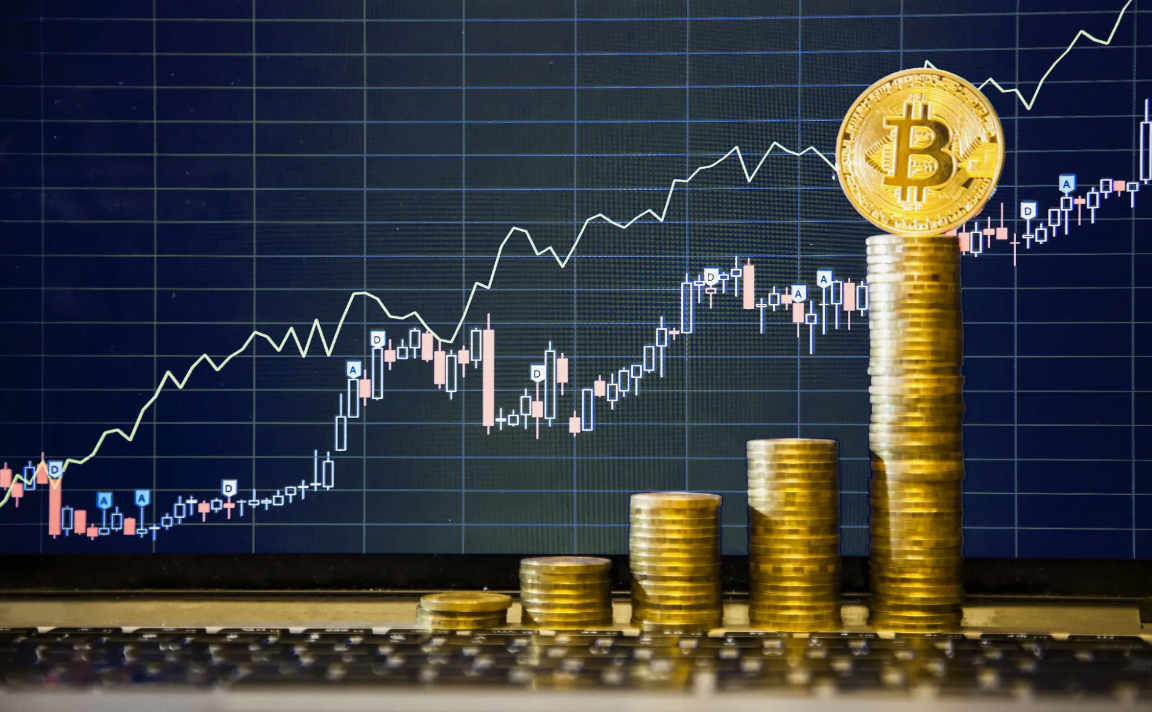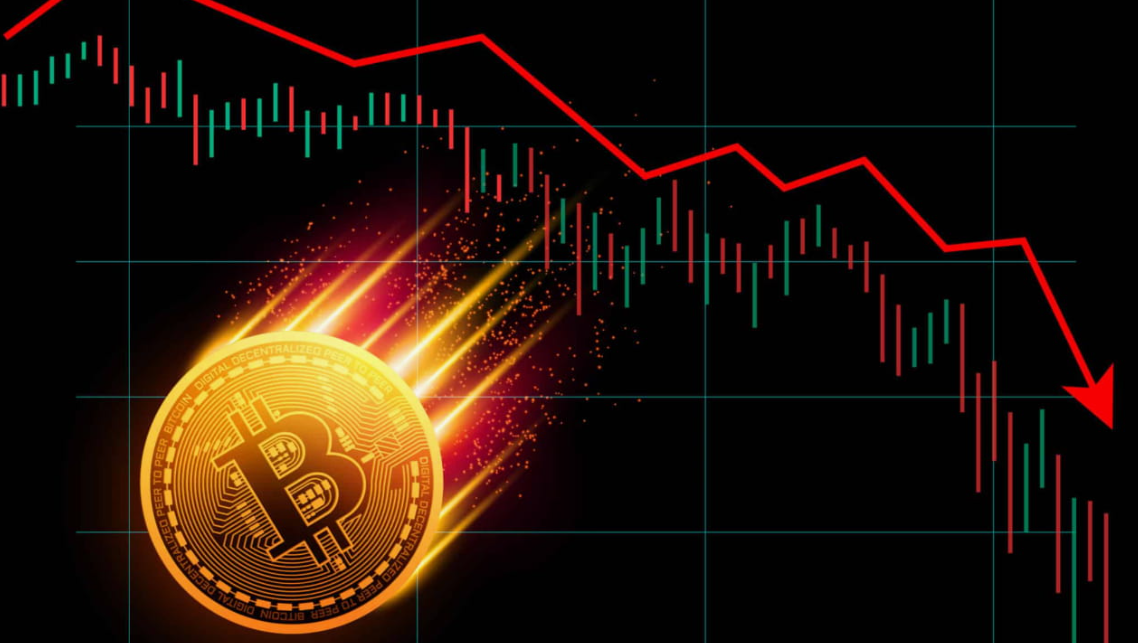Trading can feel like a rollercoaster sometimes, right? One minute you’re up, the next you’re wondering where it all went wrong. If you’re feeling a bit stuck in your trading journey or just getting started, don’t worry. Everyone starts somewhere, and leveling up your trading game is possible with a few simple but important steps. Let’s take a closer look at how you can go from novice to pro in the trading world.
Step 1: Learn the Basics
Every pro was once a beginner who didn’t even know what “forex” meant. So, if you’re new to trading, it’s okay. The first thing to do is learn the fundamentals. This includes understanding how different markets work—forex, stocks, crypto, and commodities. Each market behaves differently, and the tools used to trade them can vary.
Some basics you’ll want to start with include:
- How markets like forex and stock exchanges work.
- Understanding currency pairs if you’re in forex.
- Learning about technical indicators like moving averages.
- Recognizing patterns in price movements.
It’s also super helpful to watch tutorials, join online courses, or read guides from trusted sources. For instance, FXpricing offers real-time and historical data that helps traders better understand market trends. Their live forex charts and market analysis can provide great insights into how the pros operate.
Step 2: Set Clear Goals and Develop a Strategy
Before diving into any trade, ask yourself: what’s your goal? Are you looking to make quick profits, or are you in it for the long term? Do you want to specialize in forex trading or maybe diversify into crypto or stocks? Setting clear goals helps you stay focused, especially when the market becomes unpredictable.
Once you have a goal, develop a strategy that fits it. For example:
- If you’re a short-term trader (day trader), you might rely heavily on technical analysis and forex live rates to make quick decisions.
- For long-term investors, fundamental analysis of company reports or economic events might be more important.
Just remember—no strategy is perfect, and every pro trader knows that losses happen. But having a plan makes it easier to manage those losses and stay on course.
Step 3: Practice with a Demo Account
Before risking real money, practice! A demo account allows you to trade with virtual funds, giving you a feel for the market without the stress of losing your hard-earned cash. FXpricing, for example, offers customizable dashboards that make demo trading easier. You can track live forex rates, follow the latest market news, and fine-tune your strategy based on real-world data.
The beauty of demo accounts is that you can make mistakes, experiment with different strategies, and learn without any financial risk. It’s like training wheels for your trading career.
Step 4: Master Risk Management
Risk management is what separates the pros from the amateurs. No one wants to wipe out their entire trading account on a single bad trade, and that’s where managing risk comes in. As a general rule, don’t risk more than 1-2% of your account on any single trade. This ensures that even if things go wrong, you can recover.
Here are some tips to manage risk:
- Set stop-loss orders to automatically exit a trade if it moves too far against you.
- Diversify your trades. Don’t put all your eggs in one basket—try trading different markets like forex, stocks, or even cryptocurrencies.
- Use proper leverage. Sure, leverage can magnify gains, but it also magnifies losses, so be careful.
FXpricing’s market analysis and live charts can help you spot potential risks before jumping into a trade.
Step 5: Keep a Trading Journal
If you want to grow as a trader, keeping a journal of your trades is super important. Note down every trade you make, including why you made it, what strategy you used, and how it turned out. Over time, you’ll start to see patterns—what’s working and what’s not. This self-reflection is key to improving.
A trading journal can include:
- The type of trade (forex, stock, crypto).
- The time and date of the trade.
- The amount of risk taken.
- The outcome and analysis of the trade.
By reviewing your trades regularly, you’ll avoid repeating mistakes and refine your strategies to improve performance.
Step 6: Stay Informed
Markets change rapidly. What worked last year may not work today. That’s why it’s crucial to stay updated with the latest market trends, news, and global events. FXpricing provides real-time market data and news updates, helping you stay ahead of the game. Whether it’s a major economic announcement or geopolitical news, these events can significantly influence market movements.
Make it a habit to read market reports, follow financial news, and stay updated with trends. Use tools like FXpricing’s economic calendar to track important global events that could impact your trades.
Step 7: Manage Your Emotions
Let’s be honest—trading can be emotional. Watching your trade lose value can make you want to panic-sell, while a winning trade might tempt you to overtrade. The trick to becoming a pro is learning to manage these emotions.
Successful traders have a plan, and they stick to it no matter how tempting it is to act impulsively. That’s where discipline comes in. Trust your strategy, even when the market seems unpredictable. If you find yourself making emotional trades, take a break, clear your head, and come back when you’re calm.
Conclusion: Leveling Up Takes Time
Trading is a journey. Going from novice to pro doesn’t happen overnight, but with patience, practice, and the right tools, you’ll get there. Use platforms like FXpricing to track real-time market data, experiment with strategies, and learn from your mistakes. Keep learning, stay disciplined, and in time, you’ll see your trading skills grow.
FAQs
1. What is the best way to start trading as a beginner?
As a beginner, start by learning the basics of different markets like forex, stocks, and cryptocurrencies. Use resources like FXpricing’s live forex rates and demo accounts to practice trading without financial risk.
2. How important is having a trading strategy?
Having a strategy is crucial because it helps you make informed decisions and manage risk. Whether you’re into day trading or long-term investments, a strategy guides your trading choices.
3. What is risk management in trading?
Risk management involves controlling how much you’re willing to lose on any single trade. Using tools like stop-loss orders and limiting leverage are key risk management techniques.
4. How can I stay informed about the markets?
You can stay informed by reading financial news, following market reports, and using tools like FXpricing’s economic calendar and live charts to track global events and trends.
5. Why should I keep a trading journal?
A trading journal helps you track your progress, learn from your mistakes, and refine your trading strategies over time. By reviewing your past trades, you can identify what works and what doesn’t.





